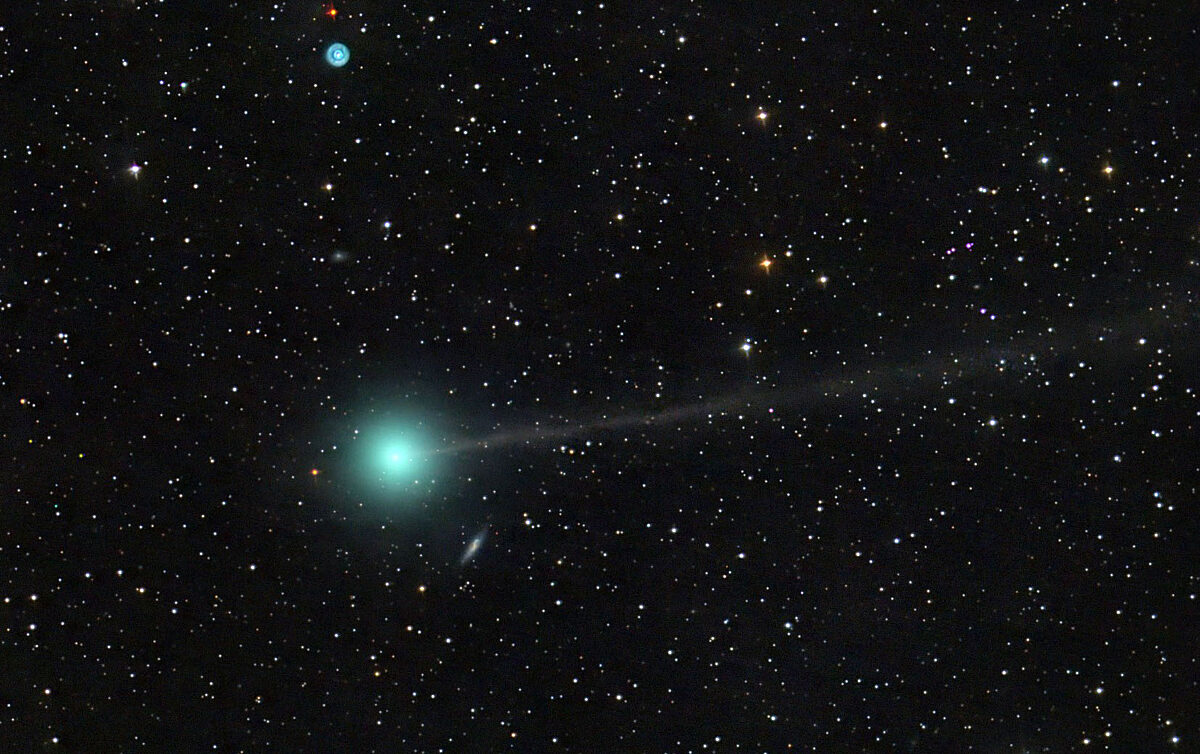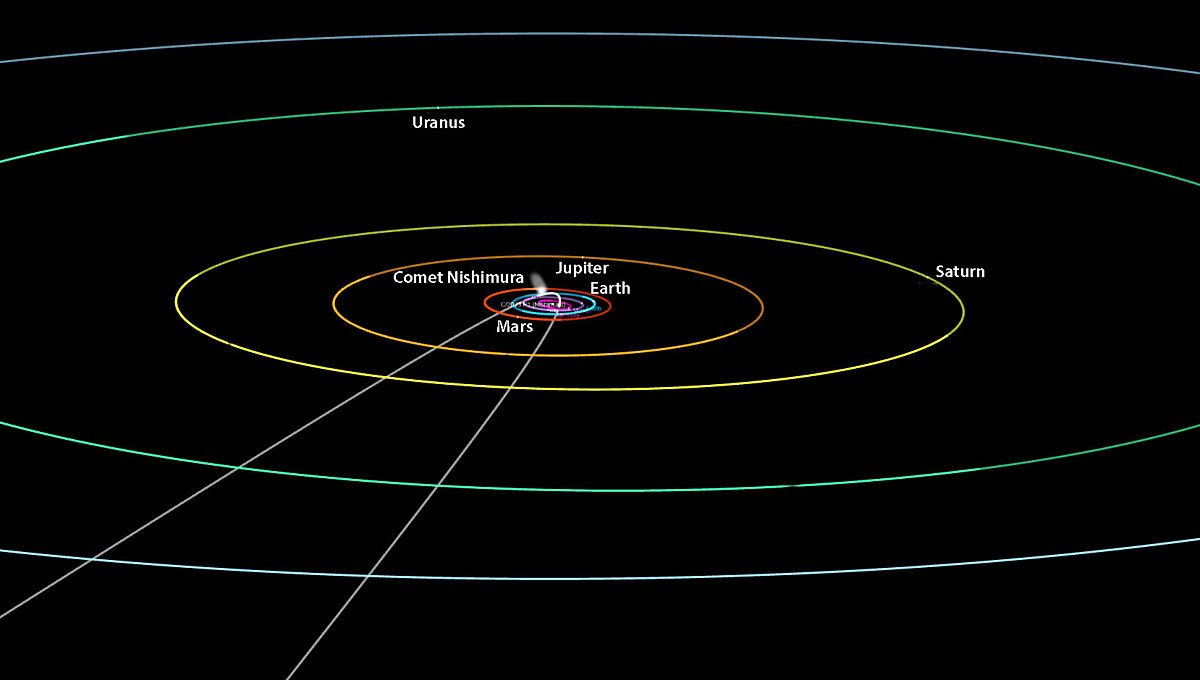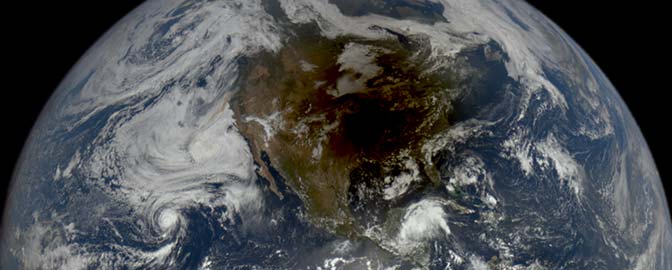Kate Howells • Sep 06, 2023
How to see newly discovered Comet Nishimura
The new comet to look for with the naked eye

A new comet is visible in the predawn skies as it passes close to Earth on its journey around the Sun. Comet Nishimura is green in color with a long, white tail. It will make its closest pass by Earth on Sept. 12, 2023, and then will carry on toward the Sun.
Observers on Earth can see Comet Nishimura with a telescope or binoculars, but may also be able to see it with the naked eye as it grows brighter throughout early September. Look for it low to the horizon in the predawn eastern sky, rising between the constellations Cancer and Leo and coming close to Venus. As the days pass it will become brighter but also lower to the horizon. Its closest approach to Earth will bring it within 125.4 million kilometers (77.9 million miles) of our planet.

Comet Nishimura will reach perihelion (the closest point to the Sun in its orbit) on Sept. 18 and, if it isn’t broken up by the Sun’s energy, will then swing back around and head back out into the Solar System. In that case, it will be visible to observers in the Southern Hemisphere, where it will appear very low in the western sky at dusk through the end of September. Northern Hemisphere observers will likely lose sight of Comet Nishimura after Sept. 13.
Comet Nishimura is named after Hideo Nishimura of Japan, the amateur astronomer who discovered the comet on Aug. 12, 2023. It likely came from the Oort Cloud, a distant region of the Solar System.
Comets like this have green heads, but this color doesn’t extend to their tails. This is because the green color is caused by diatomic carbon, a highly reactive molecule that is created from the interaction between sunlight and organic matter on the comet’s head and then almost immediately destroyed again by the Sun’s energy before it can move far from the nucleus.
Let’s Go Beyond The Horizon
Every success in space exploration is the result of the community of space enthusiasts, like you, who believe it is important. You can help usher in the next great era of space exploration with your gift today.
Donate Today

 Explore Worlds
Explore Worlds Find Life
Find Life Defend Earth
Defend Earth

